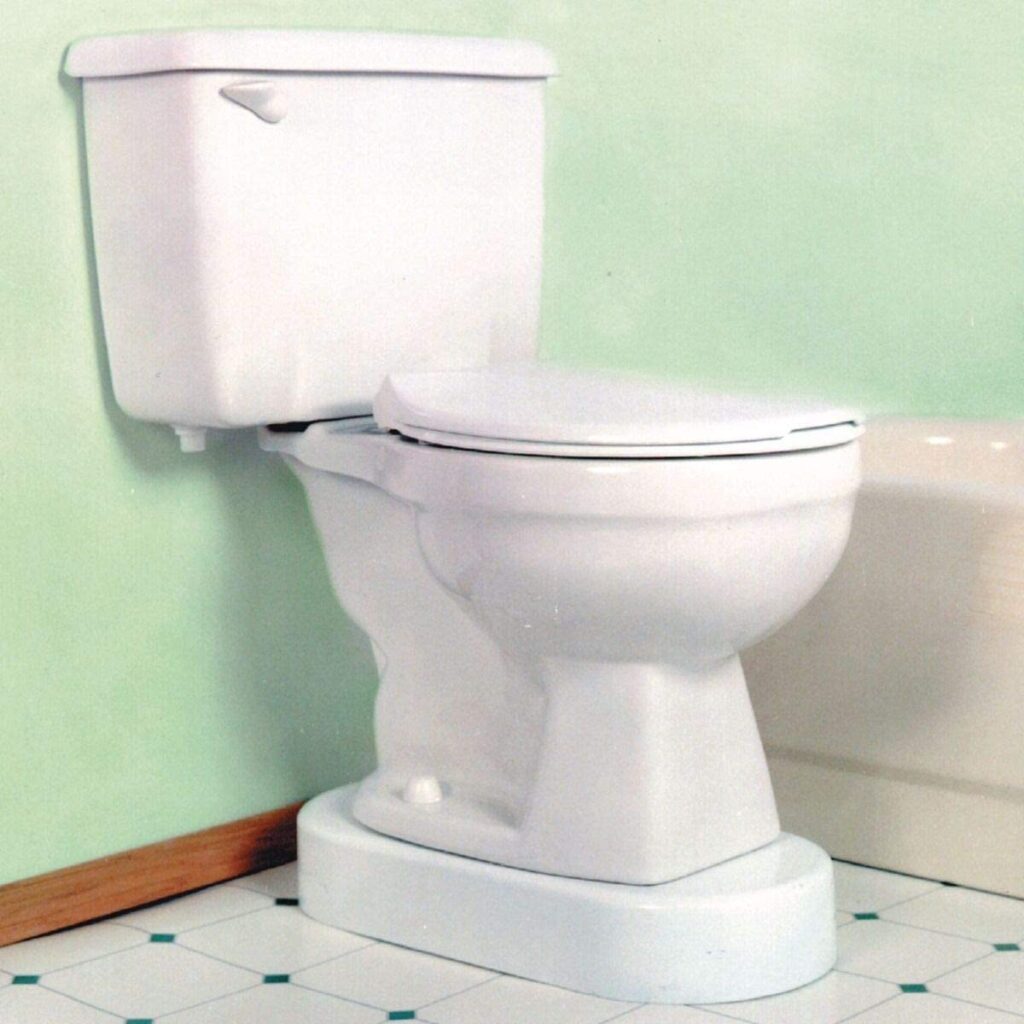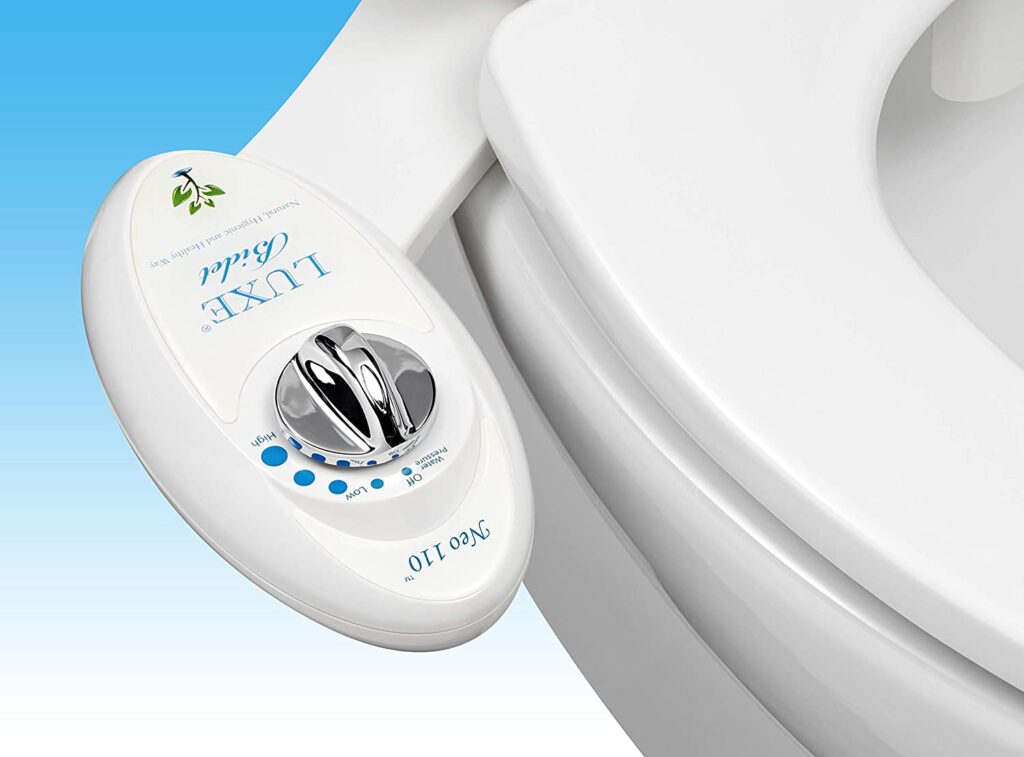Incinerating toilets are one of the most magnificent additions in the toilet manufacturing industries. These toilets are independently waterless units. Moreover, they do not require a sewer system or an in-floor septic system to be connected.
These toilet seats use electricity and natural gas for the decomposition of human waste with sterile pure ash. These systems are easy to use, safe, clean, and relatively easy to maintain when done appropriately.
All in all, these toilets are one of the most user-friendly ones in the market. In this post, we are going to let you know how to build an incinerator toilet.
Table of Contents
The installation of Electric Incinerating Toilets:
Installing the electric toilet is not a difficult task. Due to the lack of water in the system, a plumbing connection is not necessary. This means that the unit is placed on the chosen area, a 3-inch diameter exhaust vent. This vent connects the back of the unit with the exterior and connects the unit to the electrical outlet.
Before every usage, a bowl liner is inserted in the toilet bowl of stainless steel. The liner protects the bowl against human waste and the necessity for uncomfortable and excessive cleaning. Sometimes, the foot pedal on the device can be depressed. Here, waste is collected in the liner, which drops through the bowl in a lower area.
After a ” flush, ” pressing the start button will start the incineration cycle. It’s essential to make sure no paper or rubbish is protruding from the movable bowl. This will keep any fire or smoke from escaping the chamber. After that, the incineration process is initiated by pressing the start button, which ignites a heating coil.
The trash in the holding chamber is heated to temperatures of up to 1400 degrees Fahrenheit. This has to be done for a predetermined amount of time. In the incineration chamber, the heat and smoke are filtered via an odor controller.
The systems include an exhaust fan that. This fan collects heat from the heating coil and cools down to 130 °F in the chamber. The burned waste can be dumped about a spoonful once the ash pot has cooled down to room temperature.
The Installation of Gas Incinerating Toilets
Water and electricity are not the main elements here. If you want to build gas incinerating toilets, you will require a propane or natural gas source.
Propane gas cylinders like those used in grilling gas can be linked temporarily to the systems. However, you can directly connect them to a permanent source of gas.
Toilet components and controls of the gas incinerator
There is no toilet bowl within the gas-powered burning toilets. It looks more like a portable outlet where the waste is dropped into a holding room. After every use, an aerosol masking foam can be placed over the deposited waste deposits to cover or blanket.
If the system is complete or an incineration cycle ready for starting, the liquid part of the trash is filled in with the anti-foam MK-1 package. Without the MK-1, the unit should not be utilized. Now, you need to elevate the toilet seat and insert the deck plug over the chamber. After that, the pilot position is turned and switched on by pushing a button.
The incineration cycle is then completed. According to the load capacity, the system can burn this waste for 1.5 to 4 hours. While this can work well on building sites or campgrounds over weekends, it can provide comfort issues for full-time use.
Gas system ventilation should be monitored with the most excellent attention. Under the bottom of the unit, an air space must be kept to ensure correct drain/airflow in a combustion cycle. Under the unit, no ropes or tapes should be attached. Airtight air can’t be fitted, and a “make-up air” supply must be made.
Intake air vents may be required if the toilet is to be in an adjacent room.
Where should incinerator toilets be installed, and when?
In Massachusetts, both gas-fired and electric toilets are permissible if constructed according to relevant regulations. However, it is not apparent whether their use complies with the need for a plumbing coding water closet.
Many of you may remember that composting toilets have been prevented for years because of a water closet requirement problem. Only after careful consideration and after all other practical alternatives, the Boards of Health of Barnstable County and in most sections of the state let the use of incineration toilets for substitution for a sub-surface water system be taken.
Incineration toilets are best suitable for areas where the extension of the water system or areas used very limitedly is not practical. Even electric service is not necessary when it comes to gas-fired incinerator toilets.
Camps, cabins, fishing shacks, dunes, additional buildings, etc. Applications include. Falmouth applications included beach cabanas along the coastline, which were
severely affected by a hurricane.
Conclusion
Incinerator toilets are the most environment-friendly gadgets for homes and commercial spaces. We also back you to install this kind of toilet for your purpose.
Thus, we hope the article mentioned above has helped you in constructing such toilets. We anticipate that we have adequately answered the famous question of “How To Build an incinerator toilet?”







So where was the HOW TO BUILD portion of this post ?